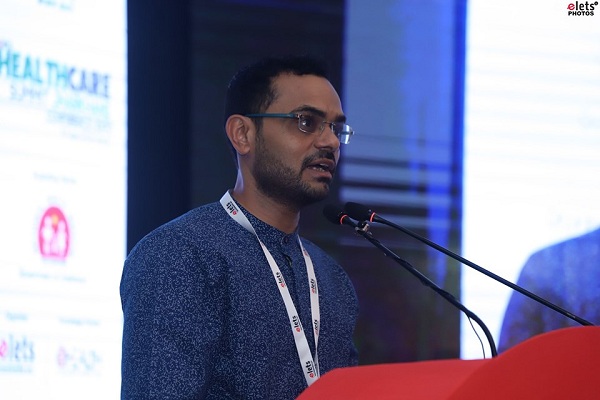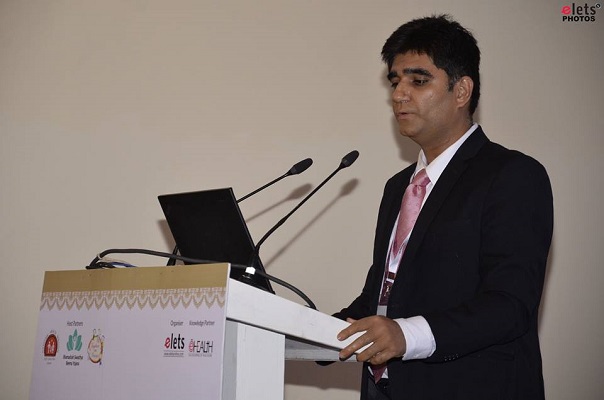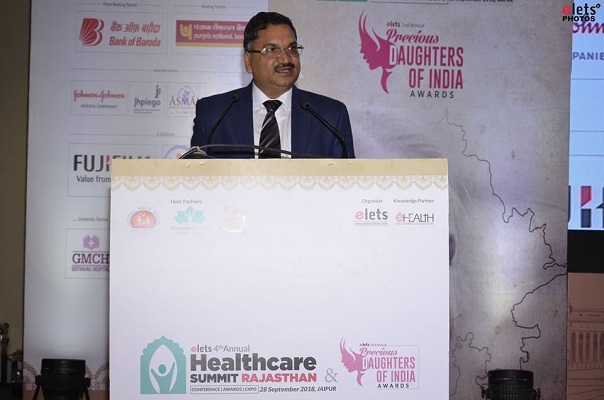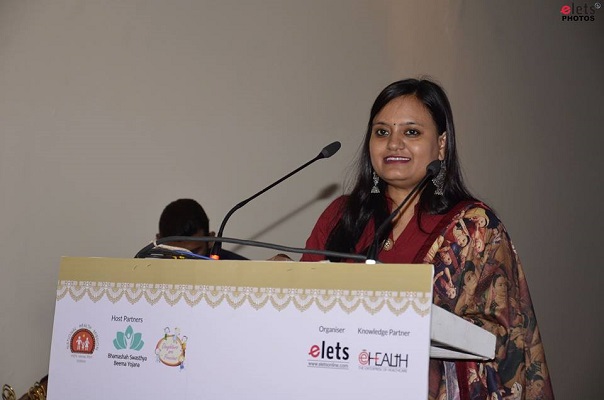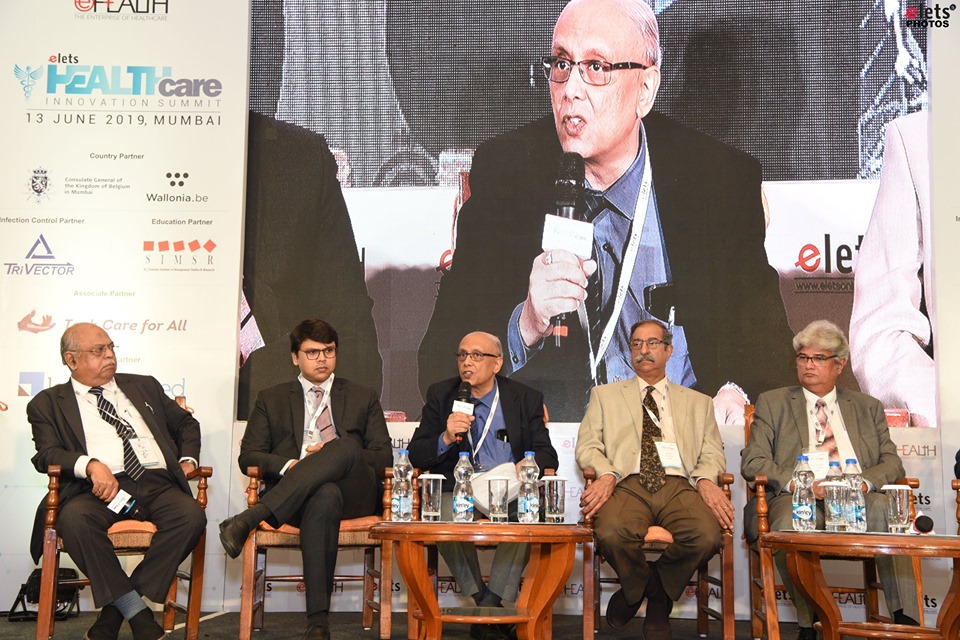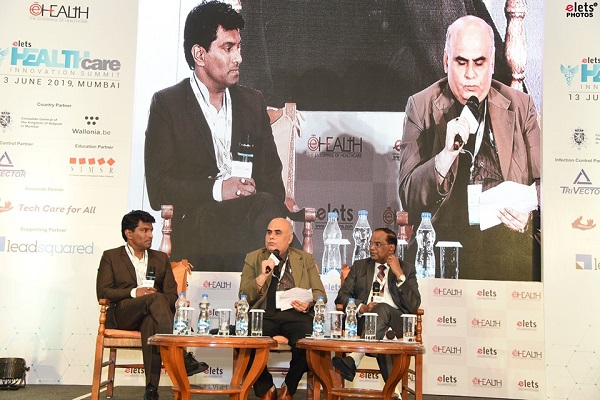
We need to work on cost-effective solutions, which will pave path for best quality care to people at large, said Dr. Ashok Seth, Chairman, Fortis Escorts, Okhla, while delivering speech at Healthcare Innovation Summit in Delhi. Underlining the importance of innovations, he further said that India should focus on indigenous products to curtail the skyrocketing cost of healthcare and Ayushman Bharat would be a biggest game-changer on this front.
Innovations in interventional cardiology

Many innovative therapies have been introduced in interventional cardiology in last three decades. Recently metallic stent, used to treat coronary arteric diseases, was transformed over a period of research, and I was an integral part across the world. A western company created the bio-absorbable stent, which is put into arteries of the heart to treat blockages.
It is absorbable plastic like material which gets disappear over a period of two to three years, leaving nothing behind. It was a transformational technology for the treatment of most dangerous disease of the world.

Despite the stents were thick, crude, first-generation and created by biggest companies of the world, they didn’t stand complete test of time. What was needed was thinnest device which would go in coronary artery. But that couldn’t be created by them after two billion of investment.
India takes the lead
It is fascinating that an Indian research and development created world’s thinnest bio-absorbable stents which later put into trial with permission from the Drug Controller of India. It took the trial. It was presented in the biggest meeting in the world, published in biggest review journal and later become reality as first thinnest bio-absorbable stent in the world.
Later, rest of the world took the same path and tried to come up with thinnest bio-absorbable stent but India took the lead.
Replacing valves without surgery
We came up with Transcatheter Aortic Valve Replacement (TAVR) technique which is phenomenal. Patients walk from the very next day after getting valve replaced without surgery. One of the first such cases in the world happened to take place in 2004 at Escorts Heart Institute. It was transformational. We change the valve in cath lab through the non-surgical procedure of TAVR. Now, around 1, 50, 000 people have undergone Transcatheter Aortic Valve Implantation (TAVI) worldwide.
It has become a treatment of choice for all patients above the age of 70 who have blockages of one of the valves in arteries.
The western valves are now cost $35 thousand. And in last three years we have developed Indian valves to be inserted through the groin. After going through months’ of trials, finally it received nod from the DCGI, allowing it for commercially use. Indian valves are available at half of the price of western valves. These are innovations in practices.
How do we achieve accessibility, affordability and quality?
Even if a stent costs $17, half of what western valves cost, is it affordable? We should work on cost-effective solutions. Frugal innovations could be helpful for short period of time but if R&D is put into it to make it a permanent solution, cost would certainly go up. Local R&D becomes an integral part of any form of innovations. We have to actually create stuff which is for the Indians, made in India and at the cost which all Indians can afford. Innovations need to be rewarded.
Frugal innovations can’t be at the cost of quality
Quality outcome should be the measure of frugal innovations. Cheap shouldn’t be translated into sub-standard. We may be able to lower down the cost of healthcare through numerous schemes but unless the patient gets better and doesn’t come back into the hospital after the treatment, there is no point of propagating cheap medical facility. Patient should get same quality treatment which earlier cost much more. This is what West focuses on.
They reimburse cost but then look into how many times a patient came back for readmission. Those who come again after a therapy, are not paid subsequently. It is considered inadequate and low quality of care.
Infrastructure needs to be improved
We need to improve infrastructure irrespective of any innovation we develop. PPP model plays a crucial role on this front. Innovations and healthcare delivery need to improve simultaneously. Infrastructure needs to be strengthened. Artificial intelligence-based app can work for small treatment like measuring blood sugar and setting medication, but robust infrastructure needed to cure such patient completely.
Infrastructure plays an important role where a disease is diagnosed for free by latest apps and then provided best treatment at subsidized rates. Ayushman Bharat is the biggest Innovation. It will solve affordability and accessibility issue of almost half of 1.2 billion population. The scheme will prove to be a game changer in delivering quality care.
Health conference is needed to chalk out ways to improve things
Such forum plays an important role. Industry people, healthcare professional, academia, regulators, and the Government, we all need to ponder on how to evolve healthcare delivery mechanism. Unless we sit together, we can’t define the path ahead.
Be a part of Elets Collaborative Initiatives. Join Us for Upcoming Events and explore business opportunities. Like us on Facebook , connect with us on LinkedIn and follow us on Twitter , Instagram.


